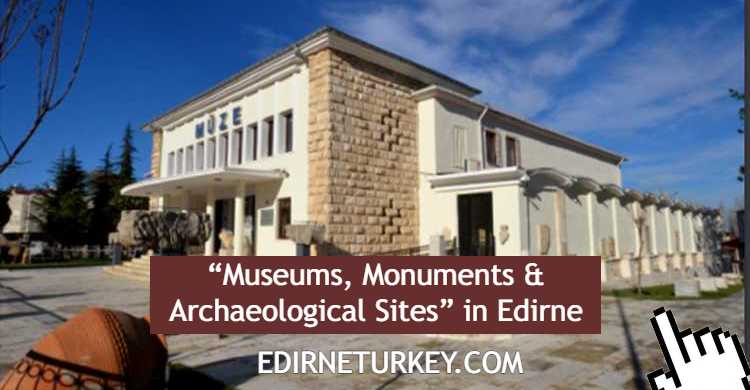Route for Undersea Tunnel in Istanbul
 Officials have announced the route for Istanbul’s Eurasia tunnel, which will connect the city’s European and Asian sides underwater. The tunnel to go under the Bosphorus sea floor will be 5.4 kilometers long between the two continents. However, some parts of the tunnel project will affect or relocate important spots, including a bus depot
Officials have announced the route for Istanbul’s Eurasia tunnel, which will connect the city’s European and Asian sides underwater. The tunnel to go under the Bosphorus sea floor will be 5.4 kilometers long between the two continents. However, some parts of the tunnel project will affect or relocate important spots, including a bus depot
This graphic shows the route of underwater tunnel project named Eurasia which will connect European and Asian sides of Istanbul.
Officials have unveiled the route of the Avrasya (Eurasia) Tunnel, which will connect Istanbul’s European and Asian halves beneath the sea bed when it is completed 12 years from now.
According to the project’s report on environmental and social effects, the undersea portion of the tunnel under the Bosphorus will be 5.4 kilometers long while the parts that will be under land will be 9.2 kilometers long. The total tunnel is to be 14.6 kilometers.
The project will repurpose land from the Yenikapı Ferry Terminal, the Balıkhan Mosque, the car park across Kennedy Avenue and the city bus facilities in Yenikapı, all in the district of Fatih. The ferry terminal and the mosque will remain operational, while the parking spots and the bus facilities will be transferred to new locations.
Altogether, 18 parcels of land will be repurposed for the project, while also calls for the demolition of three buildings. The route will pass through the Central Fish Wholesale Market, the retail fish stands, small cafes and restaurants on the shore of the European side. The wholesale market will be moved to a new location while three retail stands, some cafes and a restaurant will be lost. Four adobe buildings and three industrial or workplace buildings in Göztepe on the Asian side may also be affected. The financial damages of the owners of the affected establishments and buildings will be covered at amounts to be determined by the municipality and other official institutions.
There may be minor changes to the project to use land purchased by the state for the route. In the event that that is not possible, 64 adobe buildings and some businesses may be expropriated. A connection in Göztepe will require land to be taken from the road south of the municipal salt depot while the Aziz Bayraktar Mosque along the same route, as well as the Karacaahmet Cemetery, will also be affected by the project.
‘Project will ease traffic congestion’
Prime Minister Recep Tayyip Erdoğan, who announced the construction of the underwater tunnel under the Bosphorus at a rally last month, said the project aimed to relieve the city’s chronic traffic problems.
Experts, however, have said the undersea project will worsen rather than relieve Istanbul’s traffic woes.
The project foresees 75,000 cars a day using the highway once it is constructed. “Such a large number of cars will cause congestion in the city center and increase traffic on the historical peninsula’s coastal road,” Cemal Gökçe, chair of the Istanbul branch of the Construction Engineers Chamber, recently told the Hürriyet Daily News & Economic Review.
Another expert, Tayfun Kahraman, the chair of the City Planners Chamber’s Istanbul branch, said the project was bad in terms of city planning.
“The only way traffic concerns can be solved is with a well-organized public transport system,” Kahraman said.
The highway project is to be completed in time for Turkey’s centenary in 2023.
March 13, 2011
SOURCE: HURRIYETDAILYNEWS.COM





